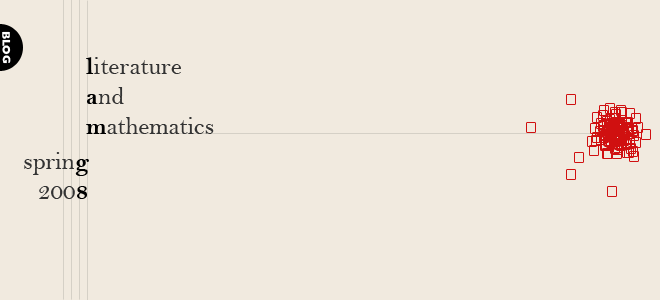i read an article comparing the rate of autism in two separate groups of students, one consisting of students in the fields of physics, engineering, and mathematics and the other consisting of students studying literature. autism is diagnosed on the basis of abnormalities in social development, communication, and imagination. it talks about how cognition has a domain-specific structure, cognitive domains exist in the human brain as a result of natural selection. two of these basic cognitive domains are folk psychology (social understanding) and folk physics (understanding inanimate objects). evidence shows that children with autism are impaired in the development of folk psychology (this seems to be consistent even in adults with autism who are of "average" intelligence). evidence shows that in children, folk physics is intact or even superior, which can be displayed through obsessional interests, such as systems with mathematical/spatial regularities. it goes on to compare the families of the two groups of students and it shows that autism occurs more often when family history shows that relatives were more often associated in careers of engineering, physics, and mathematics, which is true for the students who are currently studying these fields. i just thought it was interesting that there are some mental illnesses to which people who understand inanimate objects better than others, are more vulnerable to. here's the link to the article:
Monday, April 14, 2008
autism and cognitive domains
Posted by
emma
at
2:55 PM
![]()
![]()
Tags: autism, mathematician, mental illness
Subscribe to:
Post Comments (Atom)

1 comment:
Now is it the fact that they study the inanimate objects that makes them vulnerable to the disease. or is it that these people have a very small and inrecognizable bit of the disease and that is why they are attracted to the study of inanimate objects. crazy thing to think about, three weeks after you wrote the blog, huh?
Post a Comment